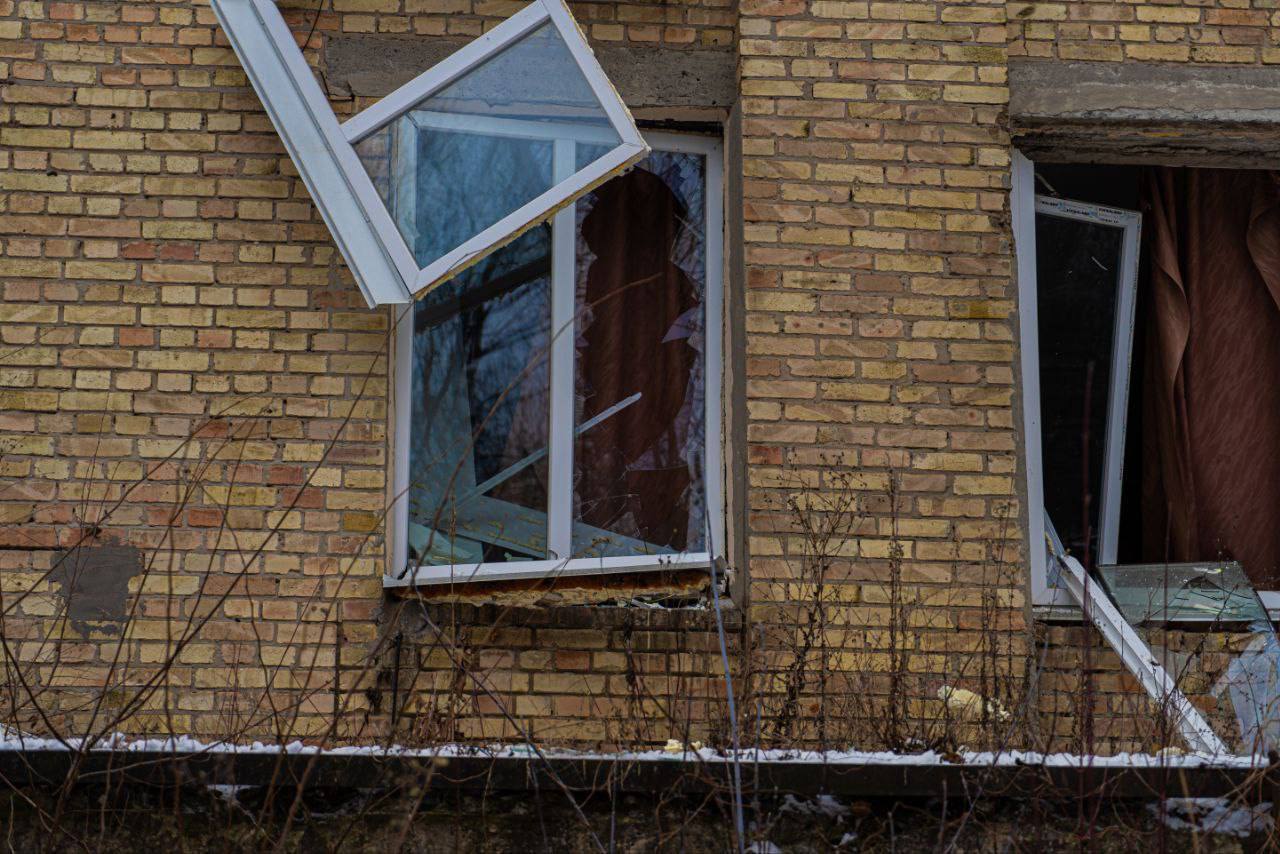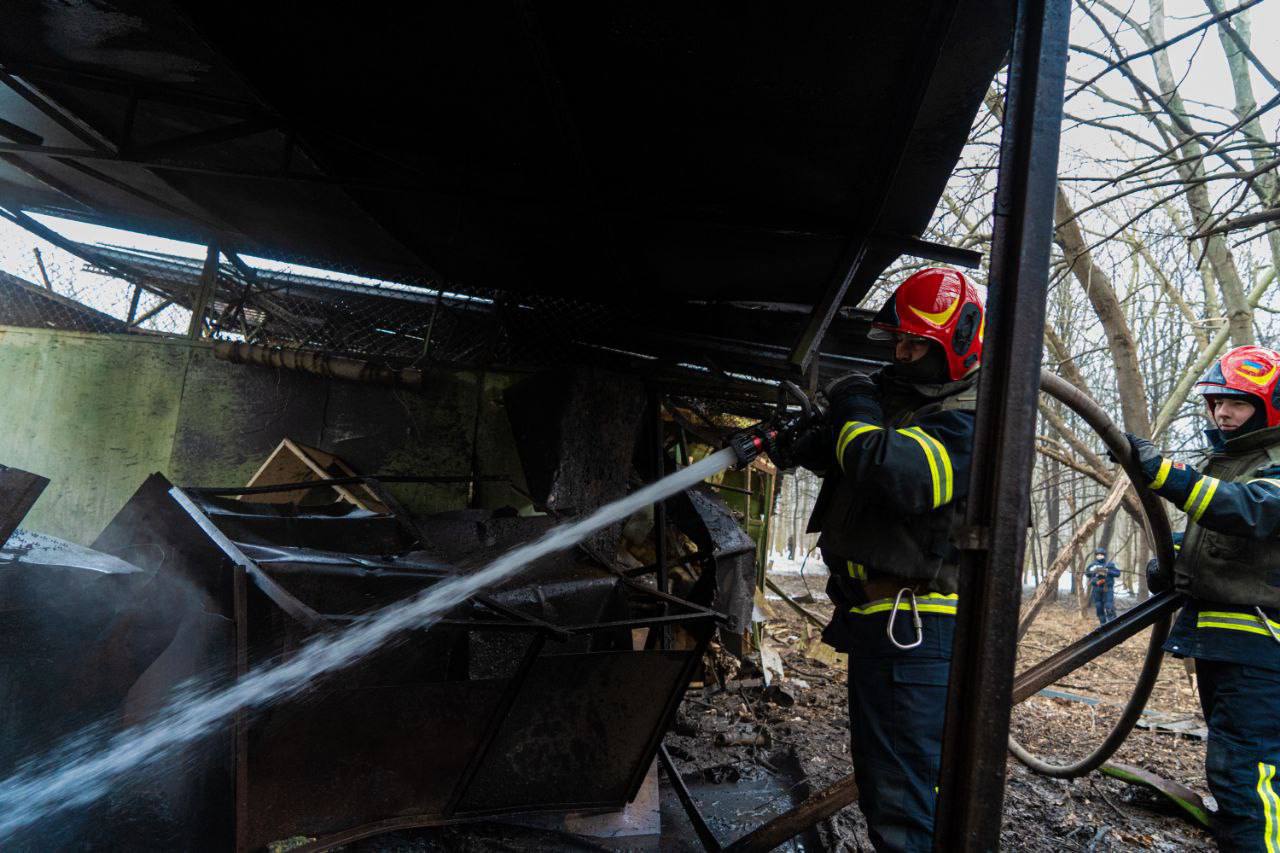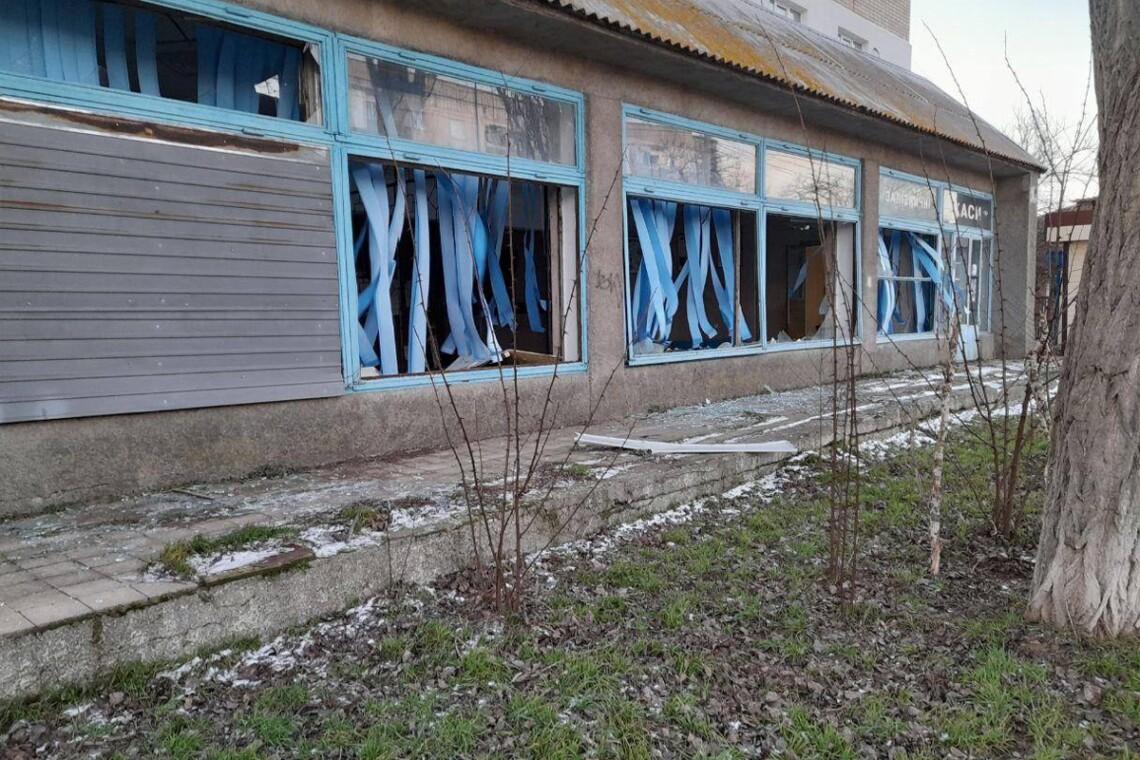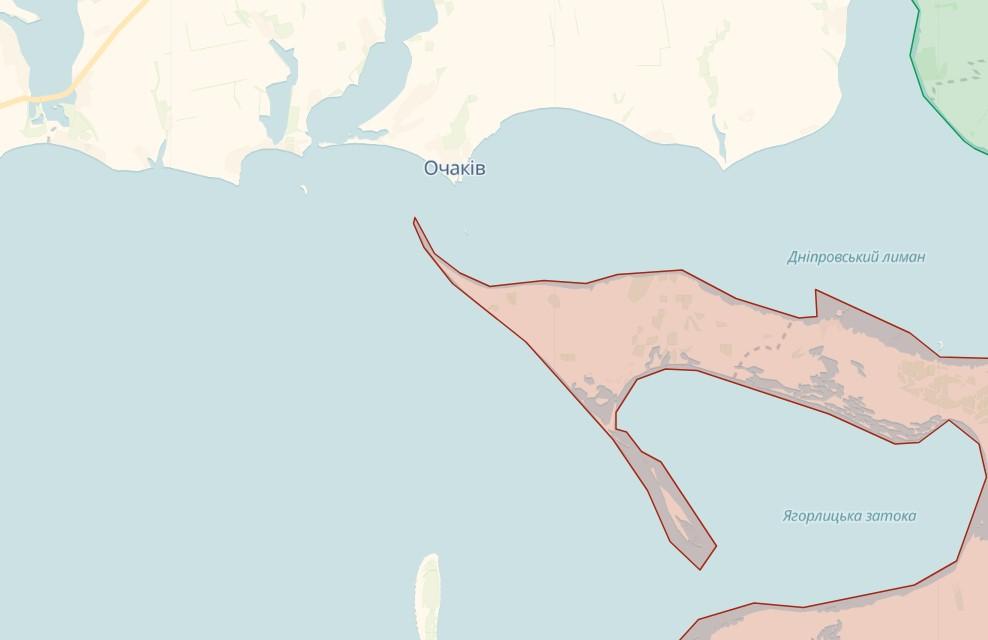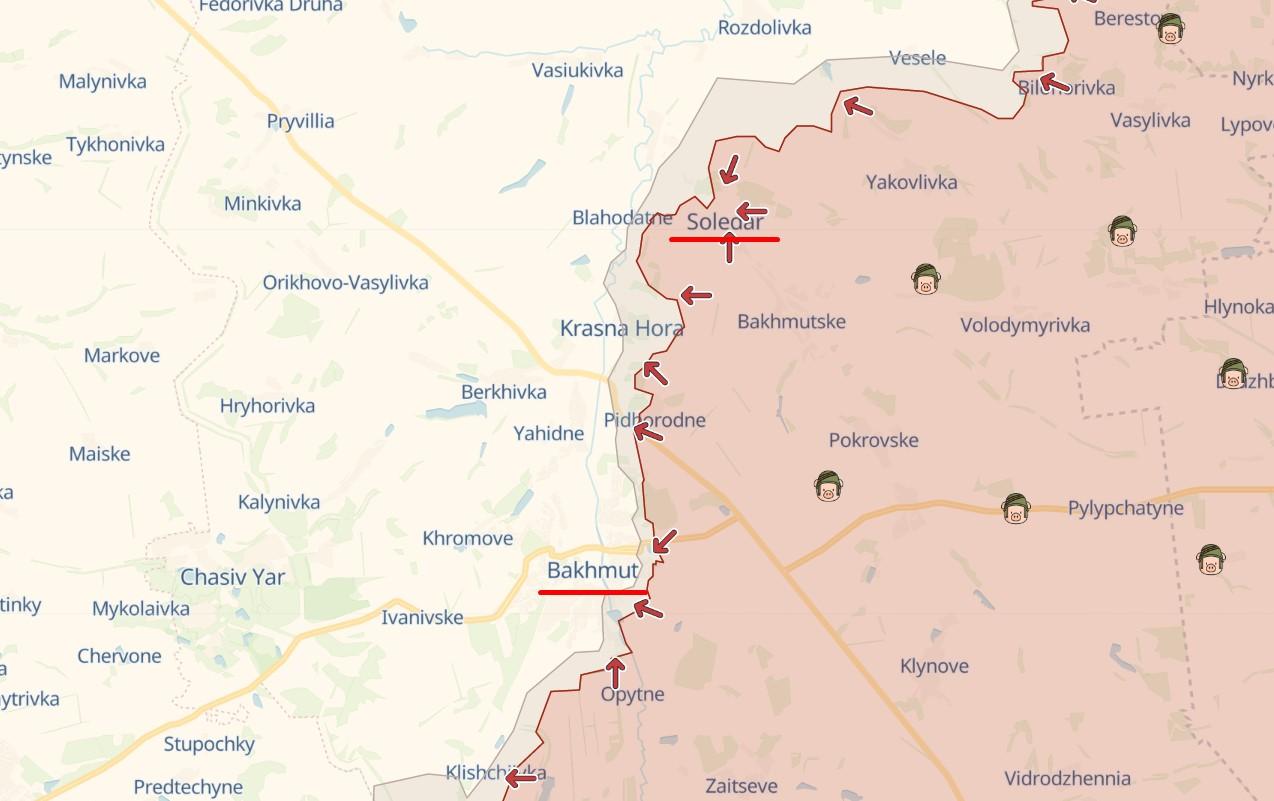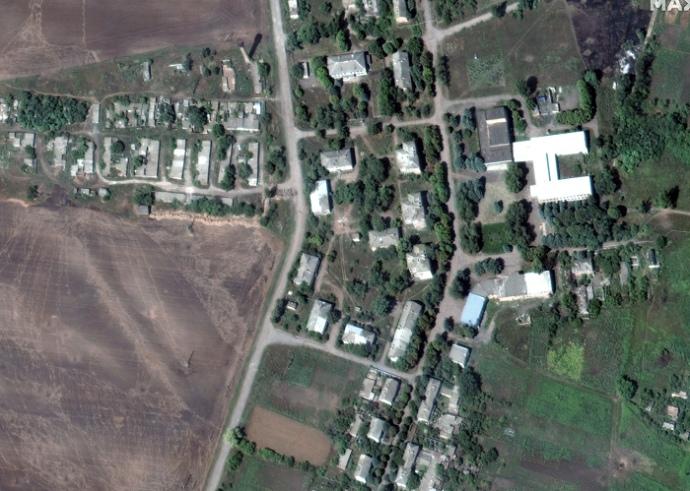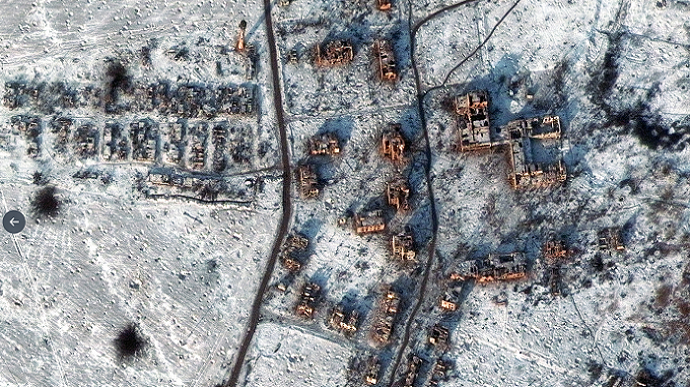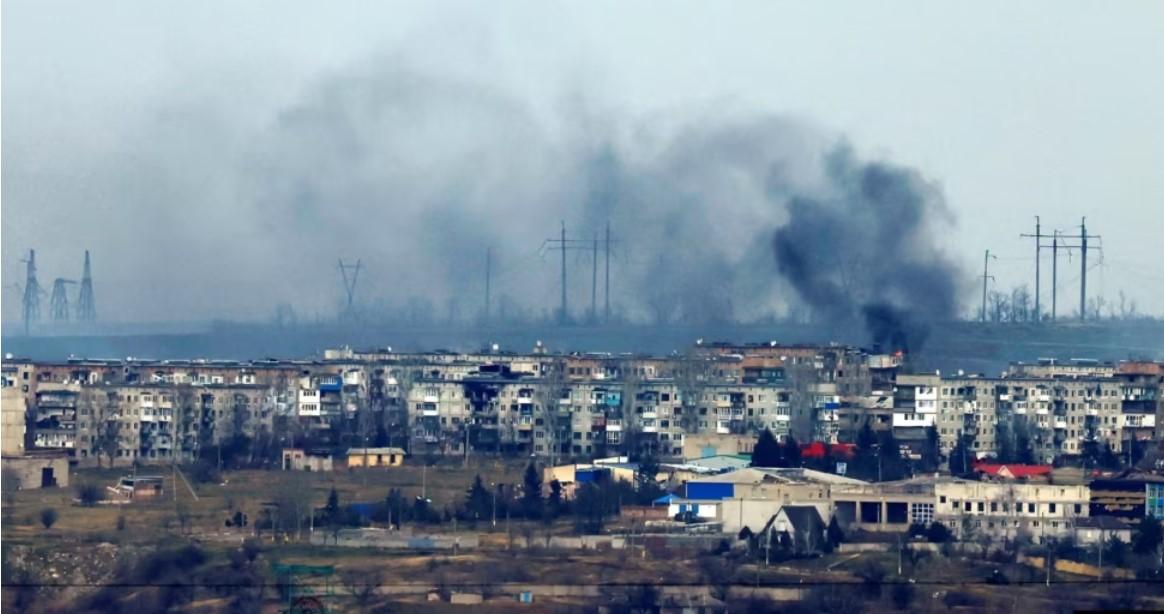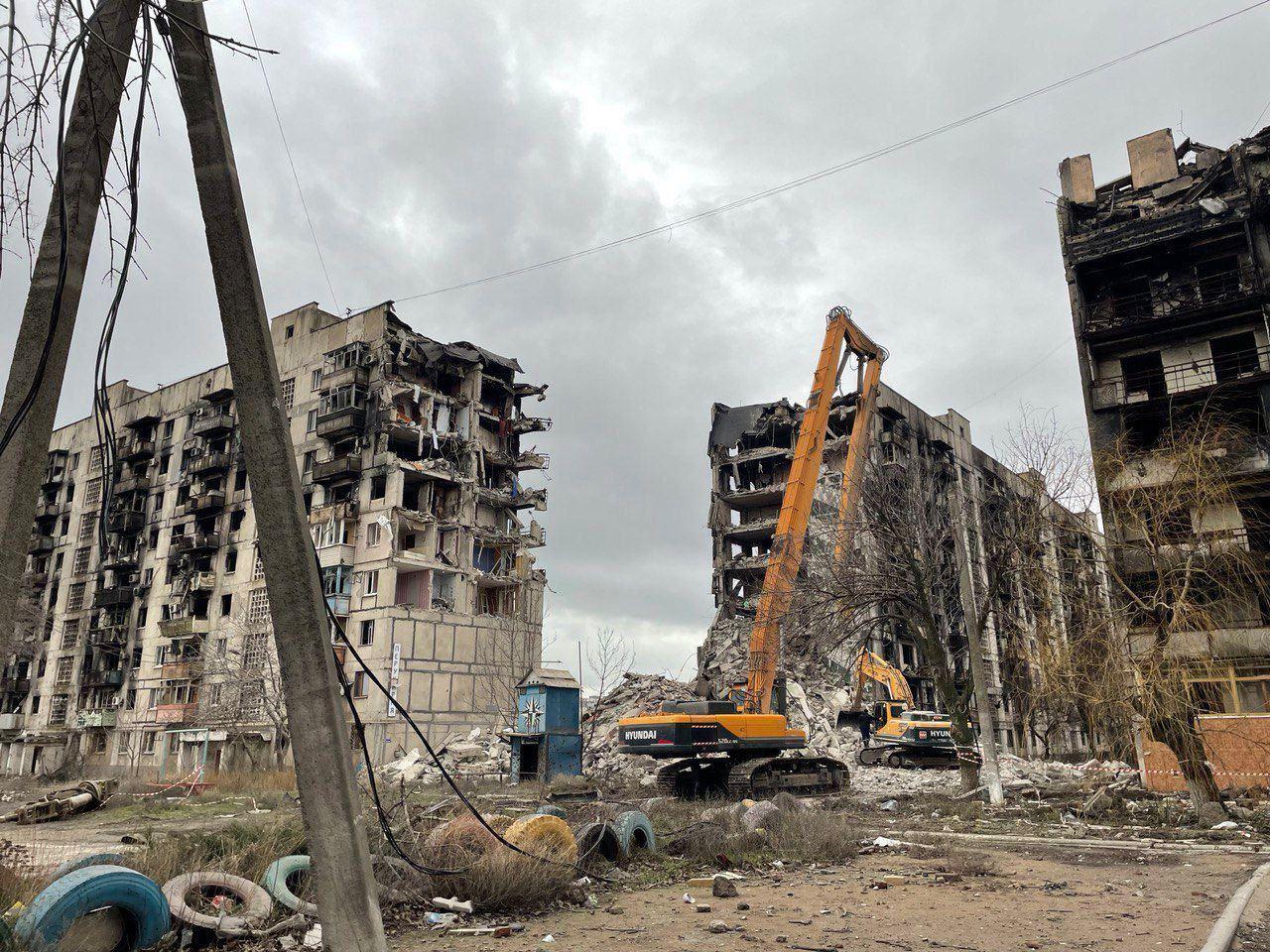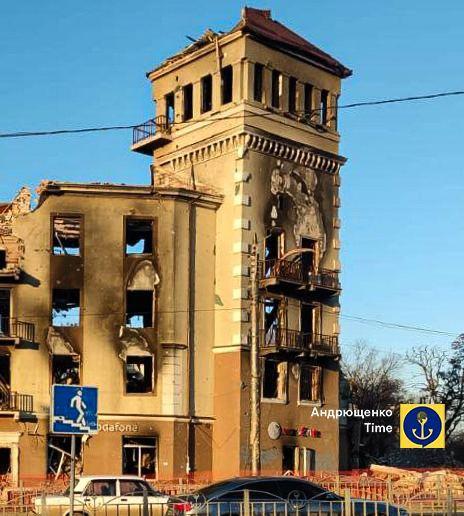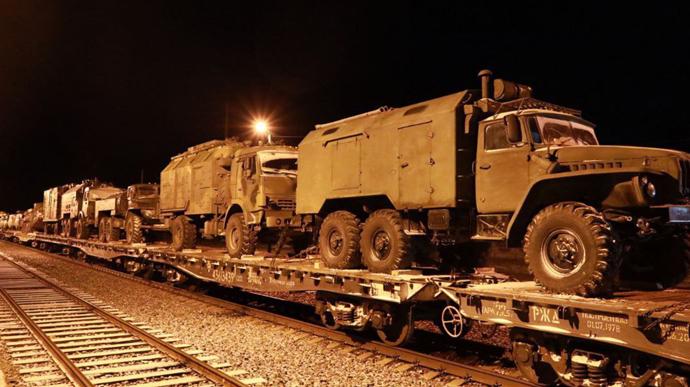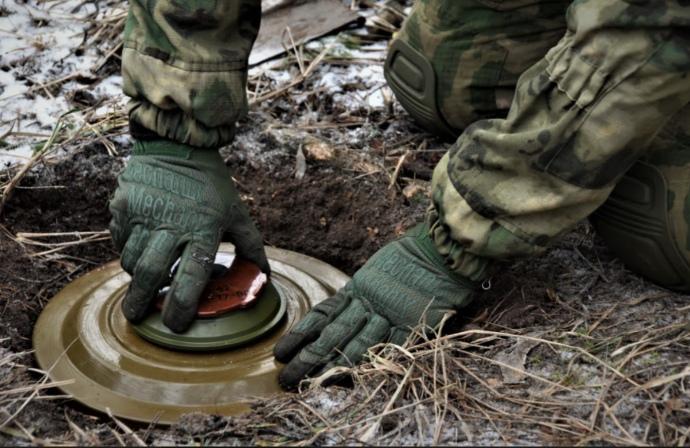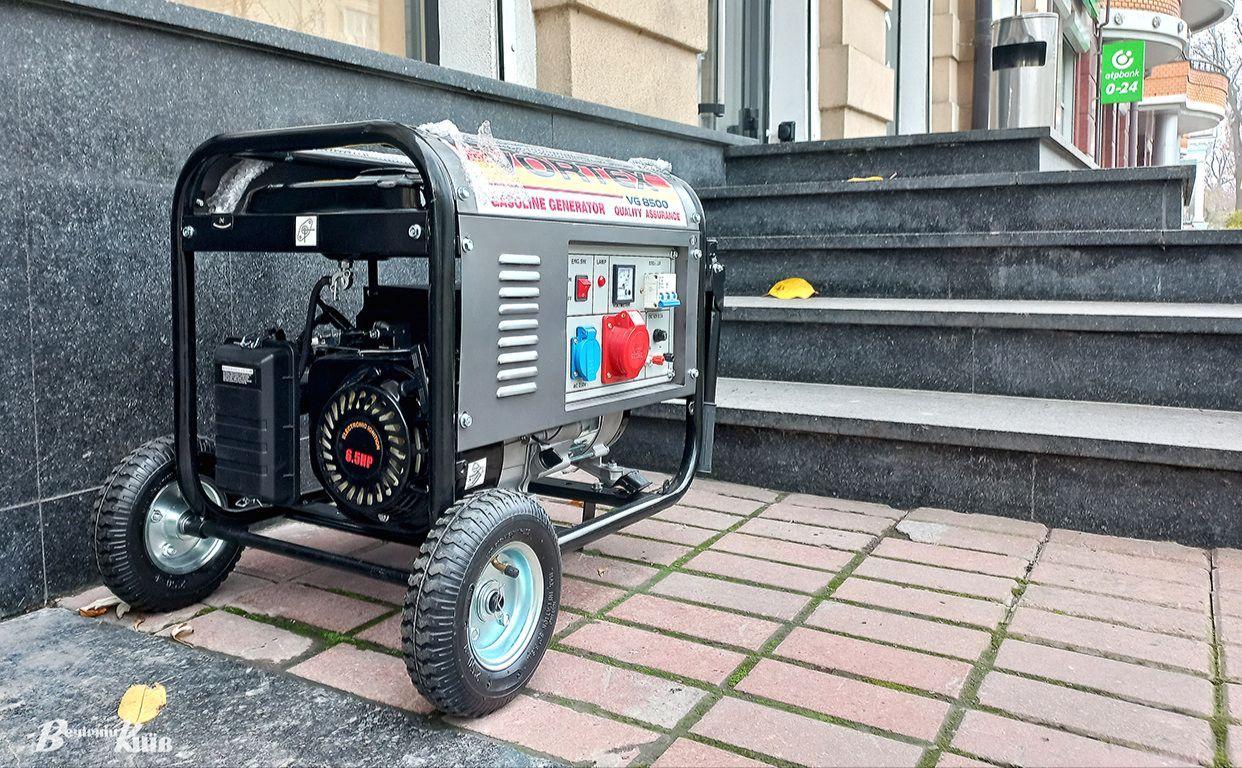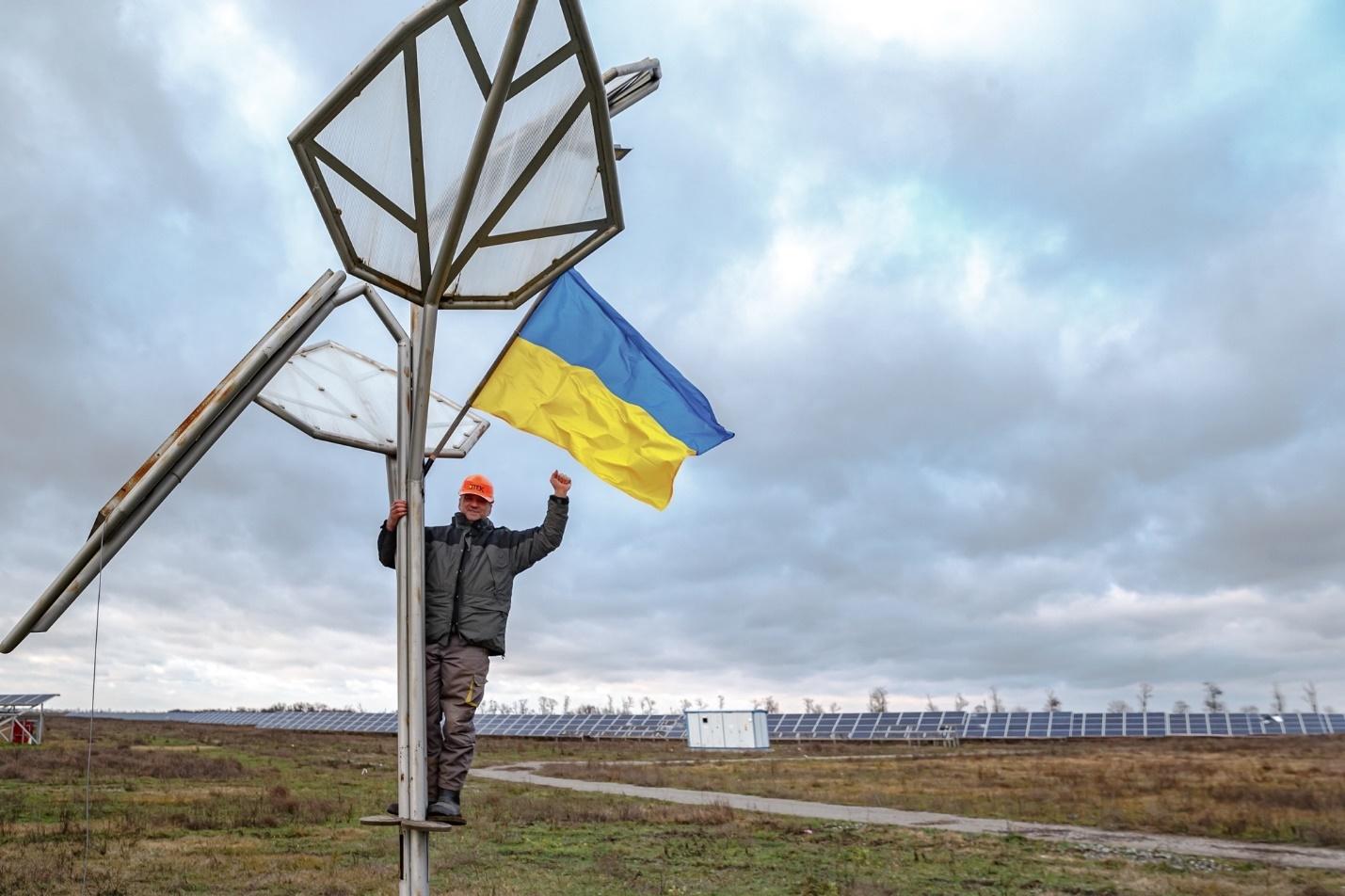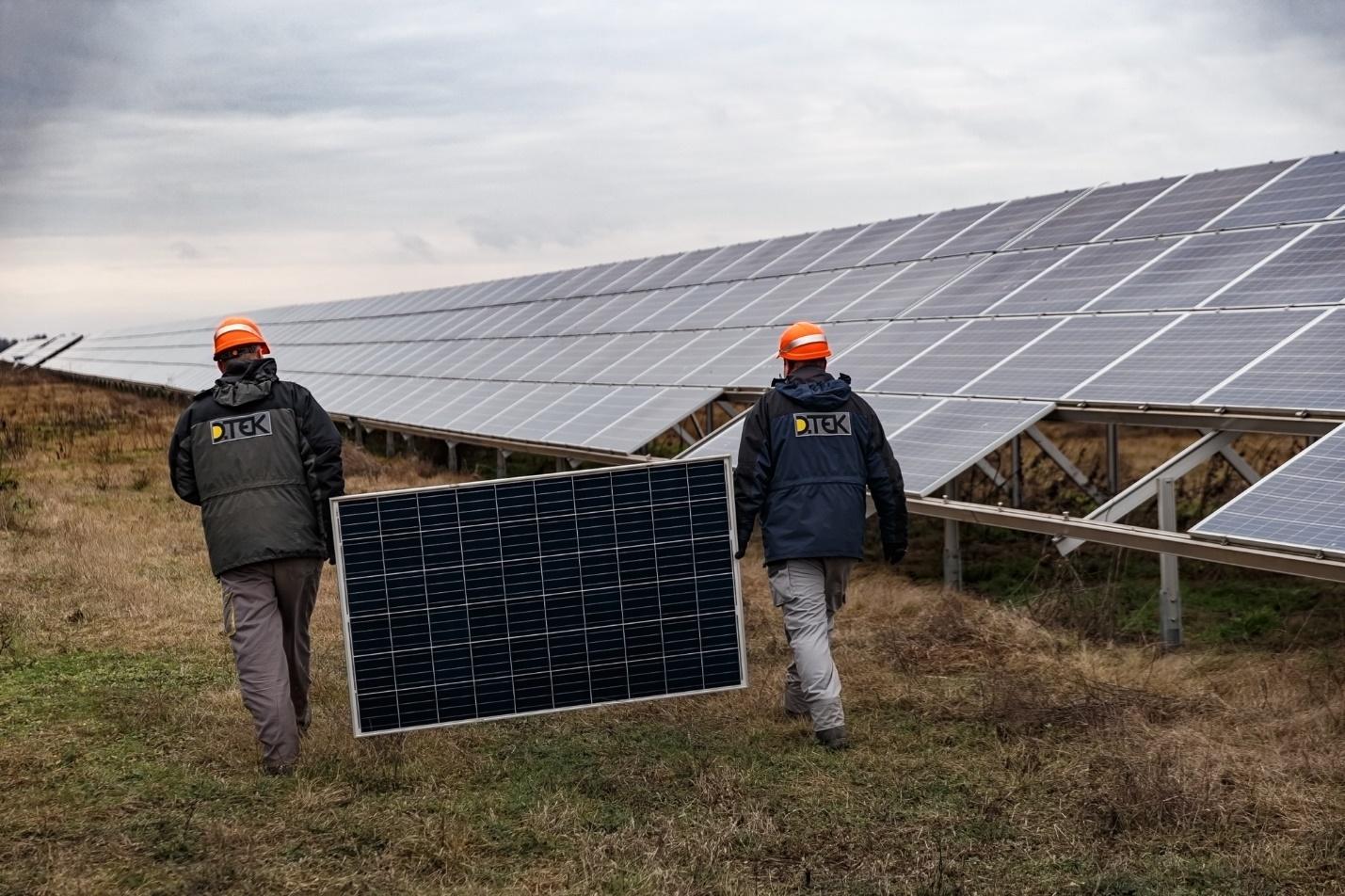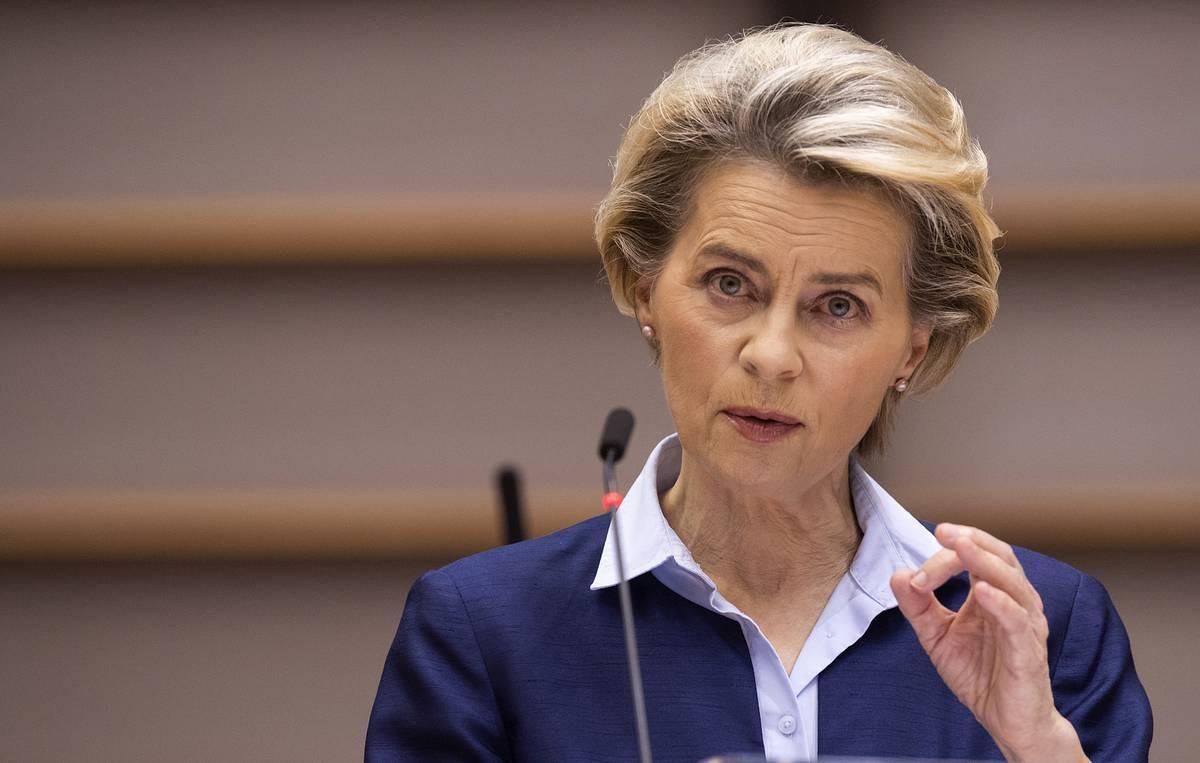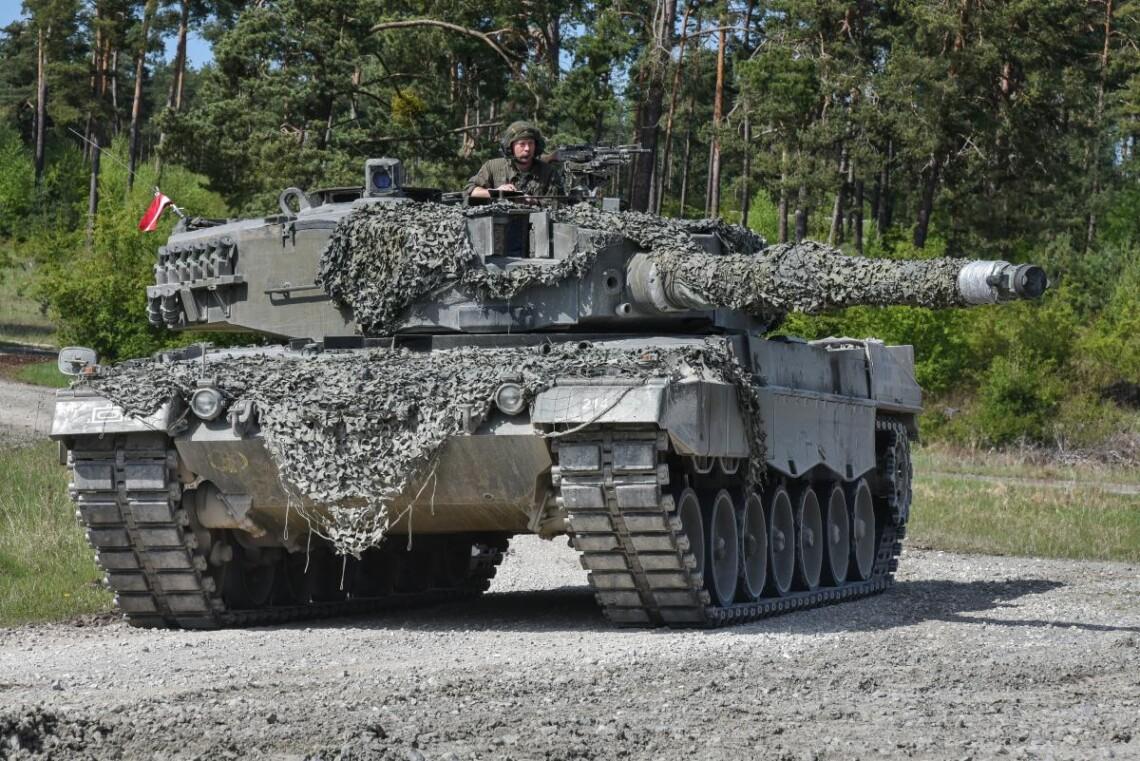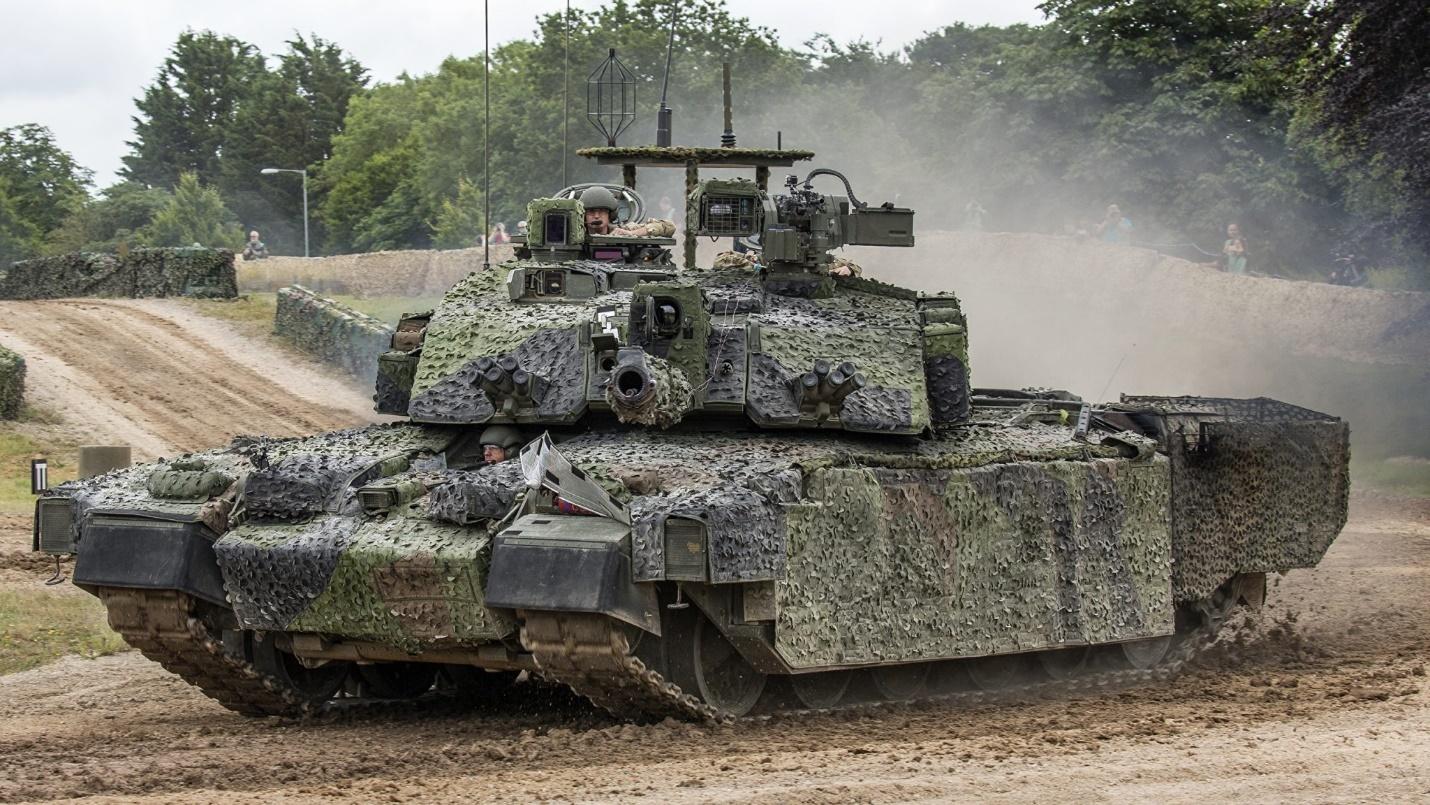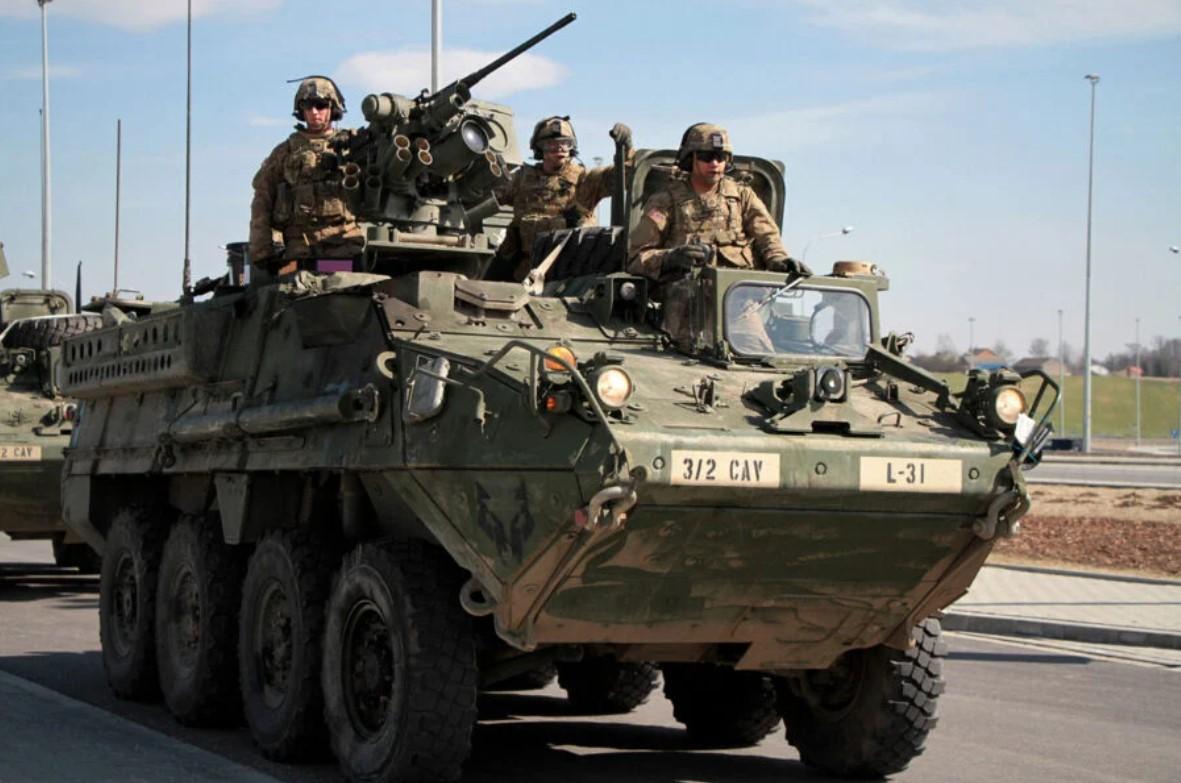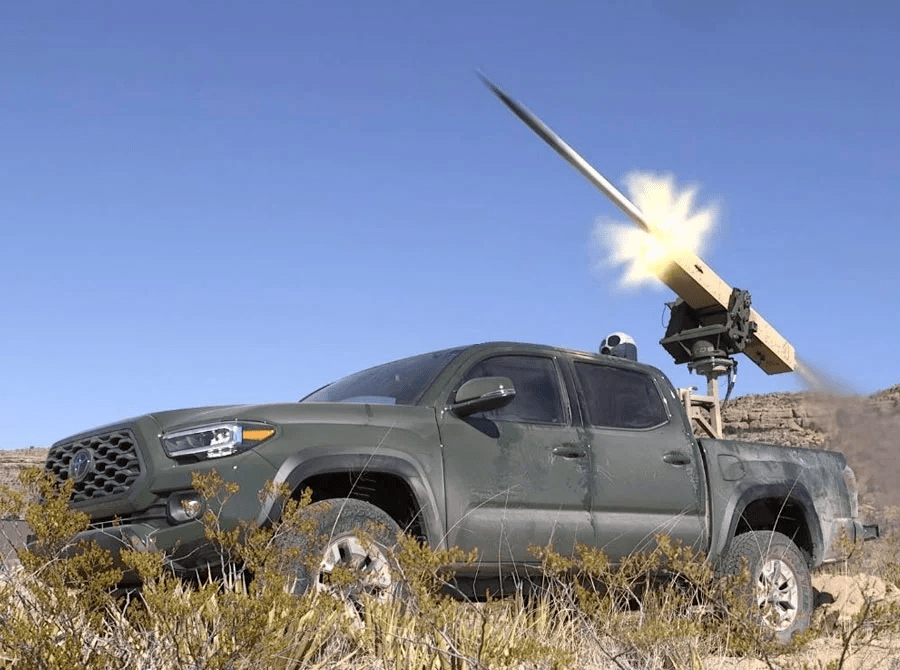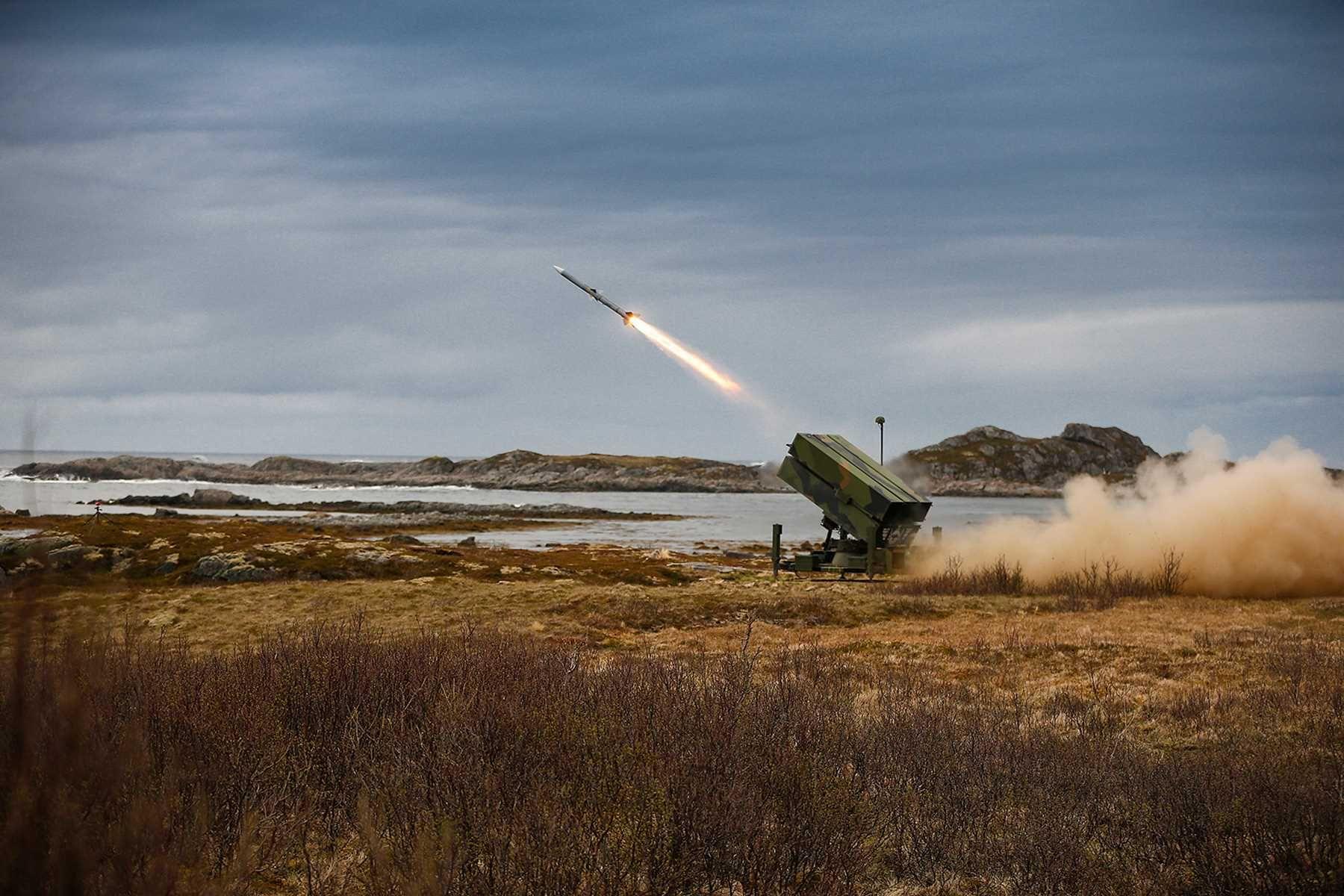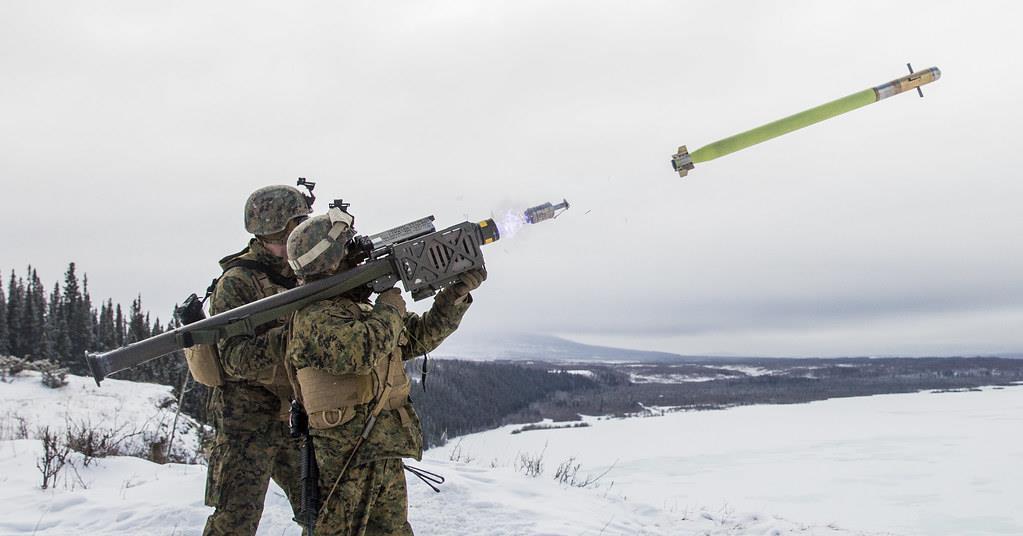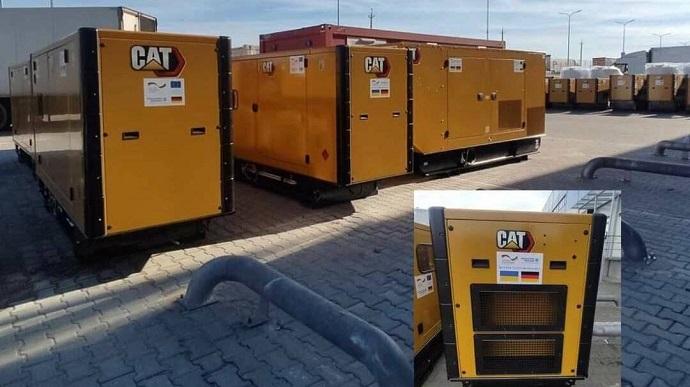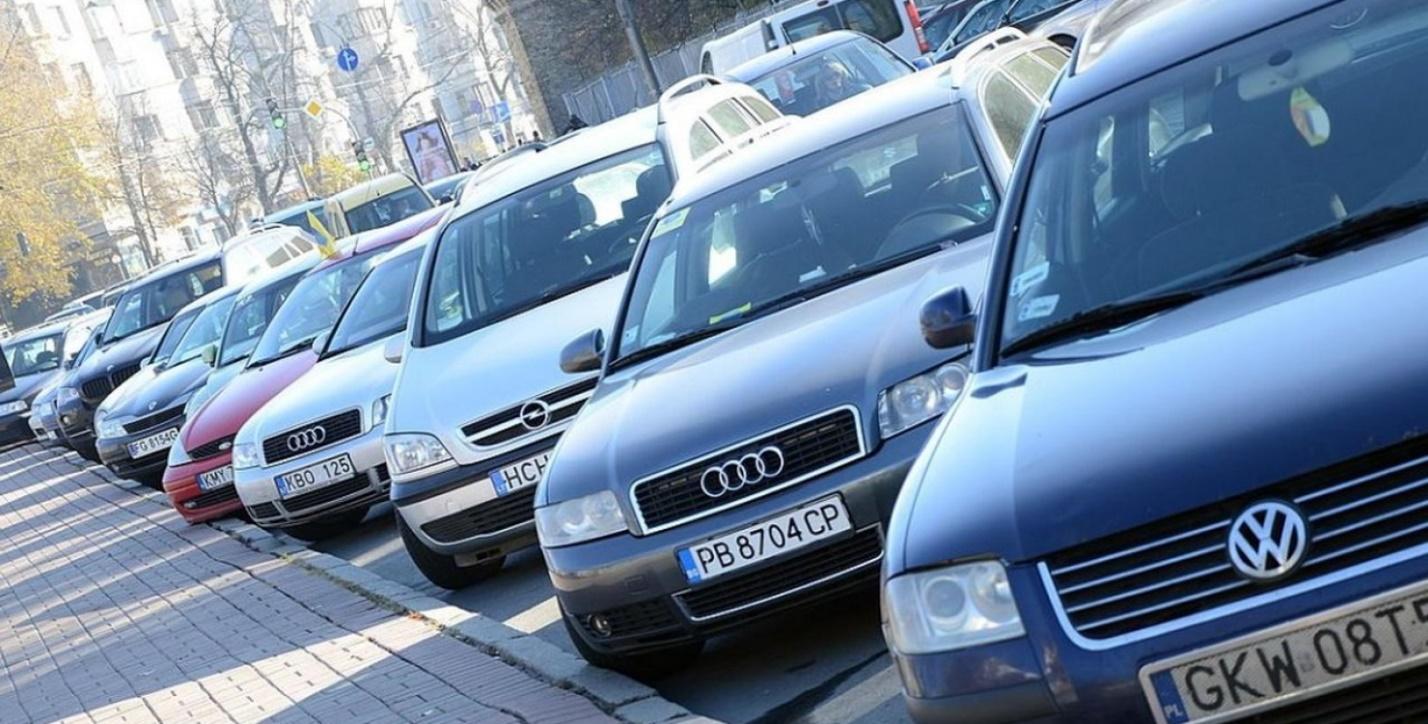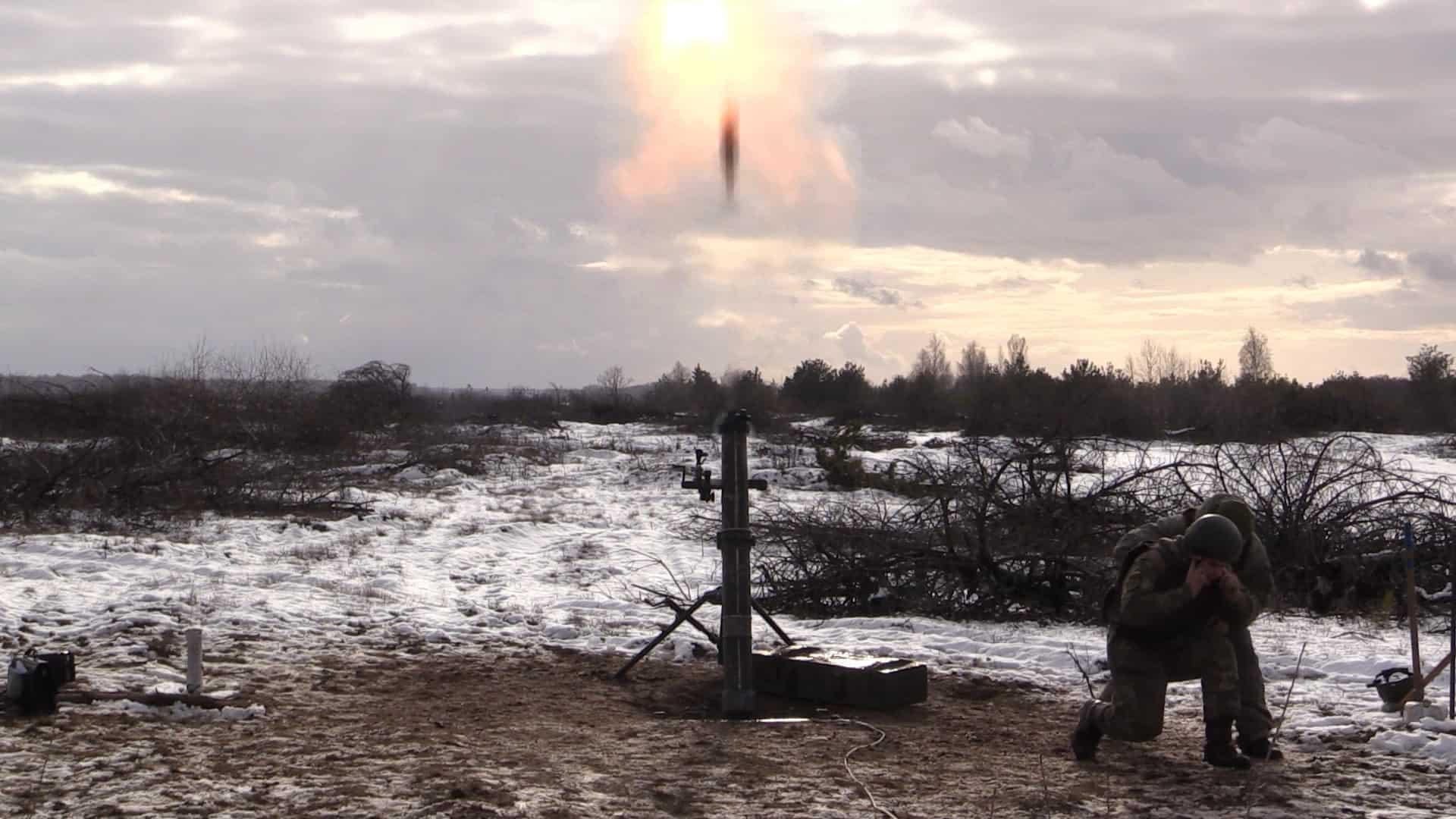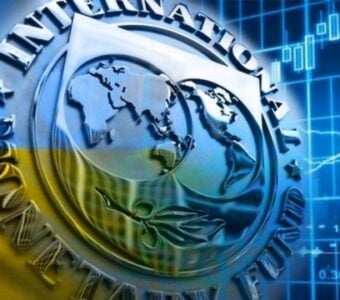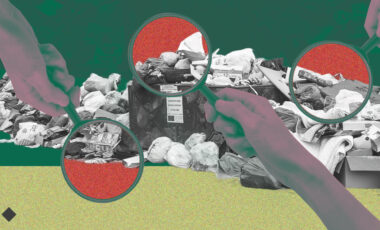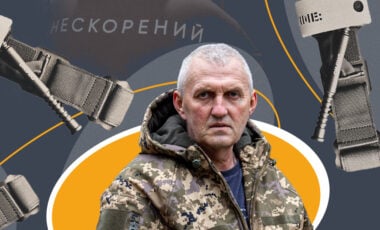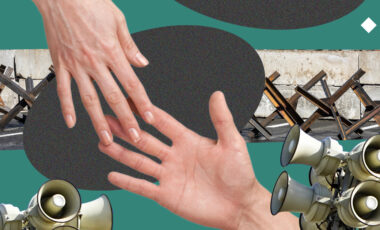Picture of the 46th week of the war: the battle for Soledar and the shelling of a high-rise building in the Dnipro
We are talking about heavy battles in Donbas, a missile attack on Kyiv, tanks for Ukraine, russian-belarusian military exercises, the destruction of Mariupol by the occupiers, and the total power of all Ukrainian generators - in our chronicle. We will tell you how the situation changed from January 9 to 16, 2023.
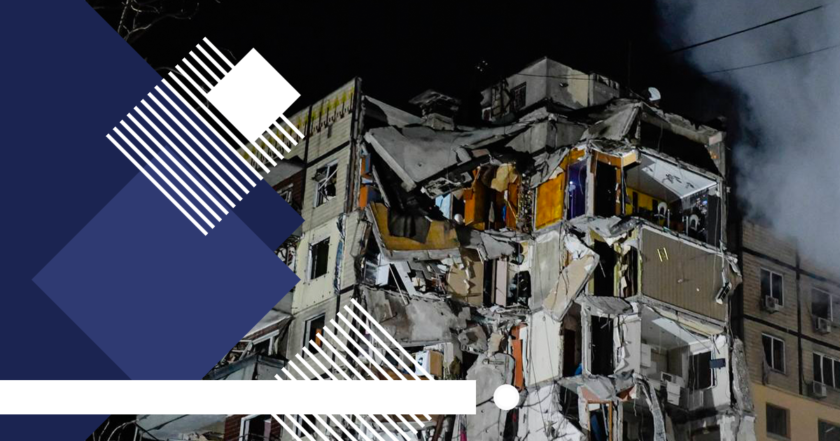
A sudden rocket attack on the capital
On January 14, Saturday morning, Kyiv was subjected to sudden rocket attacks. The air raid alert was announced later than the explosions. The Air Force assumes that the missiles flew on a ballistic trajectory from the north. Unfortunately, the Armed Forces of Ukraine do not have effective means of detecting and destroying ballistic missiles. The warning about the missile threat came late due to the lack of radar data and information from other sources.
Kyiv reported that a missile had hit an infrastructure facility in the capital. However, serious injuries were avoided. In addition, civilian objects in the Kyiv region were damaged.
After the shelling of Kyiv, the enemy raised strategic aviation for a new massive attack on Ukraine. This proves the thesis of Kirill Budanov, Ukraine's top intelligence officer, that the russian federation no longer needs a week to prepare for it, as before, but two (the last massive shelling took place on December 31, 2022).
The increase in the time intervals between Russian attacks is due to only one problem — reducing its missile arsenal. And yet, their consequences are no less cruel – yes, one of the rockets hit a multi-story residential building in Dnipro. Part of the building (pictured below) has been destroyed, and there are people under the rubble.
At least 5 people died. As of 6:30 p.m., 39 people are known to be injured, including seven children. The youngest of them is three years old. A 9-year-old girl is in serious condition. The injured were taken to the hospital.
Mayor Borys Filatov reported that the entire district of the city, in which a residential building was hit, was completely de-energized and disconnected from life support systems. According to him, the rubble will be dismantled all night.
Modern Western anti-missile systems, such as the American Patriot, will be able to effectively fight ballistic targets. This once again emphasizes the importance of our partners providing at least two batteries for these systems.
Southern area
Heavy positional battles continue in the south of the country. Having entrenched themselves on the left bank of the Dnipro river, the Russians bombard Ukrainian-controlled settlements with mortars, artillery, tanks, and aircraft. The goal of the occupiers remains the same — destabilization of the humanitarian situation in the region.
On January 9, a terrorist missile attack was carried out on the town of Ochakiv on the Black Sea coast. The russian occupiers targeted the "cemetery" (place of eternal storage) of anti-ship mines from the Second World War. With two rockets, they penetrated the meter-long concrete layer of the "cemetery" and blew it up. The powerful explosion damaged more than 200 residential buildings and social infrastructure facilities. 15 people were injured, including a two-year-old child.
Although the battle for the Kinburn spit — the last occupied part of the Mykolaiv region — continues, the press center of the Defense Forces of the Tavria direction noted that a separate liberation of the spit is not expedient. The military emphasized that the issue of control over the spit can be resolved only during the complete liberation of the Kherson region.
At the same time, thanks to the fire control of the Armed Forces, the enemy cannot concentrate large groups of his troops there. The release of the jetty will also help unblock the operation of the two Mykolaiv ports and allow their participation in the Grain Deal.
Eastern area
The hottest point of the war this week was the city of Soledar in the Donetsk region. The settlement is located 10 km north of Bakhmut, a city for which fierce fighting has been going on for several months. The capture of Bakhmut remains the main operational goal of the Russian Federation in this direction. Due to the capture of Soledar, the russians want to strengthen their position in the region, disrupt Ukrainian lines of communication and bring Bakhmut's entourage closer together.
Soledar's powerful assault continues all week. Battles are taking place in the city itself, its quarters are constantly changing hands. The enemy attracted a large number of assault groups formed from the best reserves of the "Wagner" private military company. They literally stepped on the corpses of their own soldiers. Russian forces massively use artillery, volley fire systems, and mortars, covering even their own fighters with fire.
As of the end of the week, despite everything, Ukrainian forces are heroically holding the defense of Soledar and working to exhaust the Russian troops. Even minimal tactical successes of the enemy should become a factor in his defeat in the future due to the exhaustion of forces on this part of the front.
As noted by the experts of the Institute for the Study of War, even if the russian federation succeeds in capturing Soledar, this will not mean the immediate encirclement of Bakhmut. Ukrainian forces maintain stable defensive lines in depth and control supply routes.
The Ukrainian counteroffensive in the Luhansk region continues. The head of the Luhansk OVA, Serhiy Gaidai, said that the region has become colder and the ground has frozen, so the region is expecting a revival of hostilities. The russians are trying with all their might to hold the city of Kreminna. Several units of paratroopers and tanks were transferred there. The de-occupation of Kreminnaya will allow the Armed Forces of Ukraine to control the main roads to other large cities of Luhansk region — Severodonetsk and Lysychansk — and will expand the bridgehead for further offensives by Ukrainian troops in the region.
The situation in the occupied territories
The occupiers continue to devastate Mariupol, which they destroyed. Instead of rebuilding, most of the damaged buildings are demolished. About 50,000 Russian civilians are expected to come to the city in January to carry out such works.
This week the architectural and historical monument of Mariupol "House with a clock" was dismantled. Although before that, the occupiers assured that they would reconstruct it.
Half a year after the statements about the resumption of tram traffic, the russian federation dismantled the tram tracks in occupied Mariupol. Currently, about 90% of the city's public transport has been destroyed. The occupiers took the remains of the surviving equipment to Donetsk.
Since the beginning of the new year, Russians have been raiding businesses that oppose the introduction of the ruble and continue to use the hryvnia. They are threatened with the confiscation of property and the seizure of all currency. At the same time, according to the Center of National Resistance, the Russians are trying to devalue the hryvnia as much as possible. Exchange rates are mostly "one to one" (although the real one is 1:2.2). In addition, the occupiers charge a 15-20% commission for withdrawing hryvnias from the card.
Borders' protection
The situation on the border with Belarus remains stable and under control for Ukraine.
On January 8, an echelon with military equipment and personnel of the Russian Armed Forces arrived in Belarus. However, the General Staff of the Armed Forces of Ukraine noted that for the training of personnel, Russia distills military equipment removed from long-term storage.
The russian federation does not have sufficient resources for its deconservation and restoration, so Belarusians were involved in the repair.
From January 16 to February 1, Russia and Belarus plan to conduct joint exercises for aviation units. Despite these maneuvers, the threat of an invasion by Belarus remains unlikely today. This was announced by the commander of the forces and means of defense of Kyiv, Lieutenant General Oleksandr Pavlyuk. He also noted that in the north of Kyiv Oblast, sappers are mining the routes of the possible advance of enemy troops.
Controlled and liberated territories of Ukraine
Generators with the total capacity of one NPP power unit (minimum 1 GW) have already been delivered to Ukraine, Forbes reports.
During the 11 months of 2022, almost 354,000 generators were imported into Ukraine, which is six times more than in the same period of 2021. Currently, they are in half of the stores of grocery chains, by the end of January the figure will increase to 55%, and in February – to 60-70%, the Association of Retailers of Ukraine reports.
This shows that the business adapts very quickly to new challenges and is ready to invest in equipment for further work.
Critical infrastructure
During the week, the enemy shelled energy facilities, in particular in the south of the country. At the beginning of the week, electricity consumption increased, which caused the introduction of consumption limits in all regions. The increase is due to lower air temperatures and increased consumption by industry and business as the work week begins. The situation is complicated by the fact that one unit of the Rivne NPP is currently undergoing major repairs. At the end of the week, there is a significant power deficit, particularly in Kyiv. Emergency shutdowns continue.
At the beginning of 2023, the import of electricity to Ukraine from Europe began. So far — in small volumes, but the Ministry of Energy is counting on its increase.
The DTEK company announced the partial restoration of the operation of the Trifonivska solar power plant released from the occupation. This is an important generation facility for the de-occupied Kherson Region. It is currently operating at 15% of its installed capacity of 10 MW. The company predicts that the SPP will reach 70% of its capacity already in the spring.
Important events in the world that affect the war in Ukraine
The price of russian Urals oil fell below 40 dollars. per barrel This is significantly lower than the $60 limit. per barrel established by G7 sanctions. Probably, the reason is the russian federation's loss of the European oil market.
According to the scenarios of the Ministry of Finance of the russian federation, even the price of 50 dollars. for the production of 10 million barrels per day will reduce the expected oil and gas revenues of the budget in 2023 by a quarter – by 2.1 trillion rubles. This can significantly affect russia's ability to finance its aggression against Ukraine.
The EU has accelerated work on the tenth package of sanctions against russia. The member states want to adopt a new package before the Ukraine-EU summit in Kyiv, scheduled for early February. The European Union will conduct a close dialogue regarding its introduction with the countries of the "Group of Seven".
The EU will also propose new sanctions against Belarus and Iran, which support Russia in the war against Ukraine, said the president of the European Commission, Ursula von der Leyen.
We are supported
Ukraine's international partners continuing to bring military support to a qualitatively new level. If last week we were promised to deliver powerful BMPs, then this week already tanks. And not of the Soviet model, but the latest European ones.
Poland has decided to hand over the Leopard 2 tank company (10-14 units) to Kyiv. This is a powerful machine of German production, which is the main tank of many European countries. Ukraine is particularly interested in it, as there are more than 2,000 of them in Europe.
Polish President Andrzej Duda said that Warsaw will form an international coalition for the supply of Leopard 2 and itself will offer the first tanks of this type within the framework of this coalition. However, their re-export requires permission from Berlin, and Germany is still concerned about the danger of an escalation of the conflict and hesitates in its decisions. We hope that in the coming weeks this issue will be finally resolved in favor of Ukraine.
Great Britain also confirmed that it plans to provide tanks to Ukraine. A government spokesman told reporters that Prime Minister Rishi Sunak wants to "accelerate support to Ukraine, including the provision of tanks." It is likely that the ZSU may receive the British Army's Challenger 2 main battle tank.
The USA is considering the possibility of providing Ukraine with Stryker infantry fighting vehicles. However, the final decision has not yet been made, reports Politico. The purpose of the Stryker family of vehicles is to transport and fire support of infantry, comprehensive support and support of combat operations of mechanized units.
Also, by order of the USA, the company L3Harris Technologies will manufacture and deliver 14 VAMPIRE modular missile systems to Ukraine by the end of 2023. They allow you to detect and shoot down enemy drones, as well as defend against ground threats from the enemy.
Canada will acquire the NASAMS air defense complex from the United States and transfer it to the needs of Ukraine. This air defense system will help protect Ukrainian settlements and critical infrastructure objects from attacks by drones, missiles and aircraft.
Lithuania announced the provision of air defense equipment to Ukraine. In particular, we are talking about anti-aircraft systems and Stinger complexes.
Pakistan plans to send 159 containers of ammunition to Ukraine via Poland in January, The Economic Times reports. Instead, he can receive help from Ukraine in the modernization of helicopters.
Japan allocated 95 million dollars for the restoration of critical infrastructure of Ukraine.
Germany will provide 20 million euros to finance Starlink satellite communication services. The funds will be used to finance the operation of 10,000 terminals. A third of them will be transferred to the needs of the Armed Forces. Kherson also received seven power generators from Germany to provide electricity to critical infrastructure facilities.
Еconomic tendencies
According to the profile automobile association "Ukravtoprom", 2022 has become the worst year for the Ukrainian car market in the 21st century. So, last year, 37,890 new cars were registered in Ukraine. This indicator has become the minimum since the beginning of the 2000s.
The depth of the market drop is impressive: 63% relative to 2021. A minimally similar situation existed only during the global world crisis of 2008. However, even in 2009-2010, the number of new registrations did not fall below 170,000 cars per year.
Solutions
The state defense and industrial concern "Ukroboronprom" announced that it has established serial production of 82-mm mortar rounds in one of the NATO member countries. Such mines are designed to destroy enemy manpower from a mortar at a distance of up to 4,500 meters and are better than regular ones.
The mortar is an extremely important weapon of this war, especially in its position areas. The mass production of new mines will be able to eliminate the problem of the shortage of shots at the front ("shell hunger"). And more shards will improve the effectiveness of this weapon on the battlefield.





